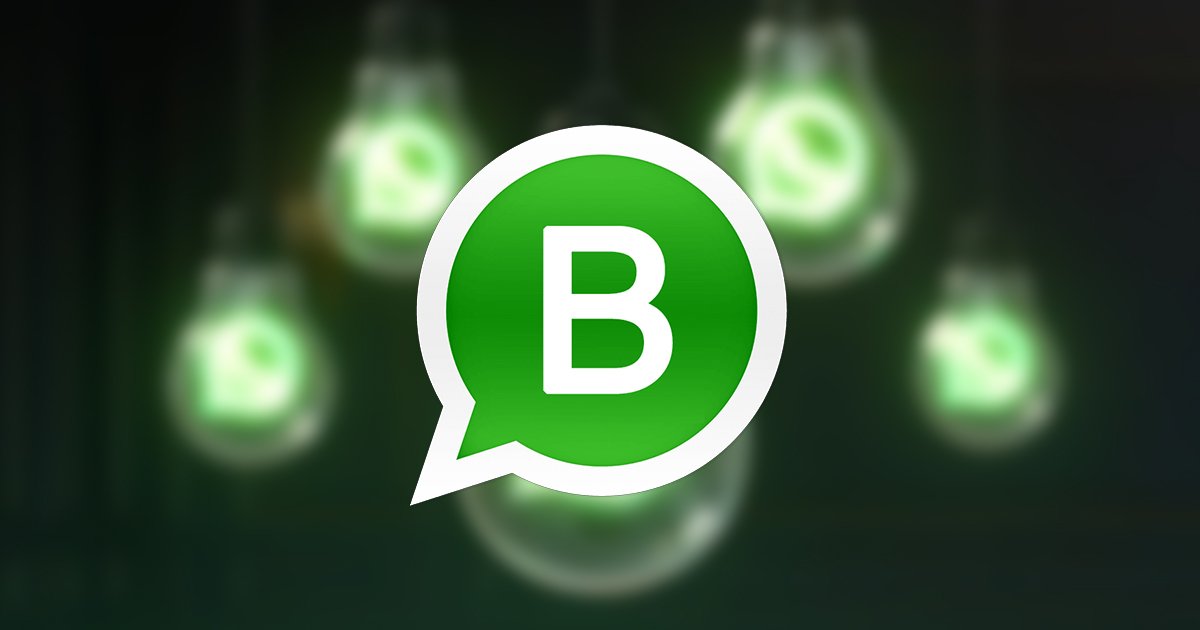
WhatsApp Business API was created and introduced back in August 2018 by Facebook. It has since become one of the most successful features of the application, with more than 2 billion businesses using it all over the globe. With new features and ways to use WhatsApp Business API released, it can be difficult to keep track of them all and even more challenging to understand how they work to leverage their full potential in your marketing strategy
What is WhatsApp Business API?
The WhatsApp Business API is an application program interface that allows businesses to seamlessly communicate with customers through instant and unlimited messaging on WhatsApp. It was designed to allow businesses to manage their incoming WhatsApp messages in the most streamlined manner possible. It is a customized solution to the communication needs of medium and large businesses which helps them in scaling their customer engagement.
Who can use WhatsApp Business API
At present, WhatsApp is approving Medium and large-sized businesses and that’s why it is called “WhatsApp Enterprise”. Small businesses, however, can use the free WhatsApp Business Application which has features such as sending instant messages.
WhatsApp has strict regulations with industries that can use WhatsApp Business API. WhatsApp doesn't allow Independent software vendors, or real cash industries such as adult content and entertainment, gaming, and gambling to use this API. Allowed Industries include travel and hospitality, eCommerce, education, telecommunications, and real estate.
Who can use WhatsApp Business API
Businesses can do this in two ways either by signing up directly with WhatsApp or by hiring WhatsApp business API providers like smartping. It would always be better to hire a WhatsApp business provider as the whole process of signing up with WhatsApp would be technically complicated and labor-intensive. By hiring Smartping, businesses would only have to give the required details and the rest will be taken care of by us.
Now that you have decided to go ahead with us, some basic and accurate details about your business would be required to set up your WhatsApp Business account. These details include the Company name, URL, Industry, places where you want to provide the WhatsApp Service, Country of company headquarters, Intended use case, Volume predictions and when would you like to launch the service.
Facebook needs to first verify and approve your business. Once this is done, you need to feel the necessary details like business display name, business description, category, and details about products. To make it easier for you, you can just provide us with the details and we will complete your business page.
What to do post setting up WhatsApp Business API?
Let us discuss what requires post setting up WhatsApp business API.
Green tick is one of the most pertinent factors in building trust in your customer and prospective customer base. To get a green tick, a business needs to send around 500 messages/day and have a global presence. It is here where we at smartping have a vital role to play in helping you get a green tick by doing all the work.
WhatsApp notifications will allow you to automatically send WhatsApp messages, but only if the customer has opted into receiving these messages. To Create a WhatsApp Notification, first, create a contact list which can be a pre-existing list or a new list. Then, a proper WhatsApp template needs to be created following a certain set of rules to ensure that your content is approved by WhatsApp. WhatsApp Status templates must follow Silly mistakes like spelling errors or grammatical mistakes will not be entertained and might get rejected.
The tone of your WhatsApp messages needs to be customer-friendly, informative, and not sales oriented. Templates for WhatsApp messages can be created under 11 categories such as account updates, alert updates, auto-replies, etc.
Advantages of WhatsApp Business API for businesses
Customer service chatbot integration so you can message customers back without having to take time out of your busy schedule. This way, you can offer better customer service and post-sale support.
Better security as there is built-in support for two-step verification and end-to-end encryption.
Better support for sending different types of files such as documents, images, audio recordings, and videos. Before WhatsApp, documents had to be packed carefully in a briefcase, sent via mail, or attached in an email. Nowadays, people like to stay digital and hardly have time for those inconveniences. That's what makes WhatsApp so important. It saves everyone time because customers can easily send photos and other files right from their smartphones.
If a call gets routed to voicemail, an instant text message notification is automatically generated, so the user doesn't have to keep checking their phone for missed calls.
The opportunity to link customer data between the WhatsApp app and other systems such as CRM provides better insight into more information about customers than ever before possible.
Automated reply messages can be scheduled in advance which will convey a professional impression to the customers. WhatsApp API integration allows businesses to set up welcome messages, away messages, delayed response messages, and interactive list messages. This way they can be available for their customers all the time and even during public holidays or off hours. Businesses can use WhatsApp to help their customers get quick answers and make transactions more efficient.